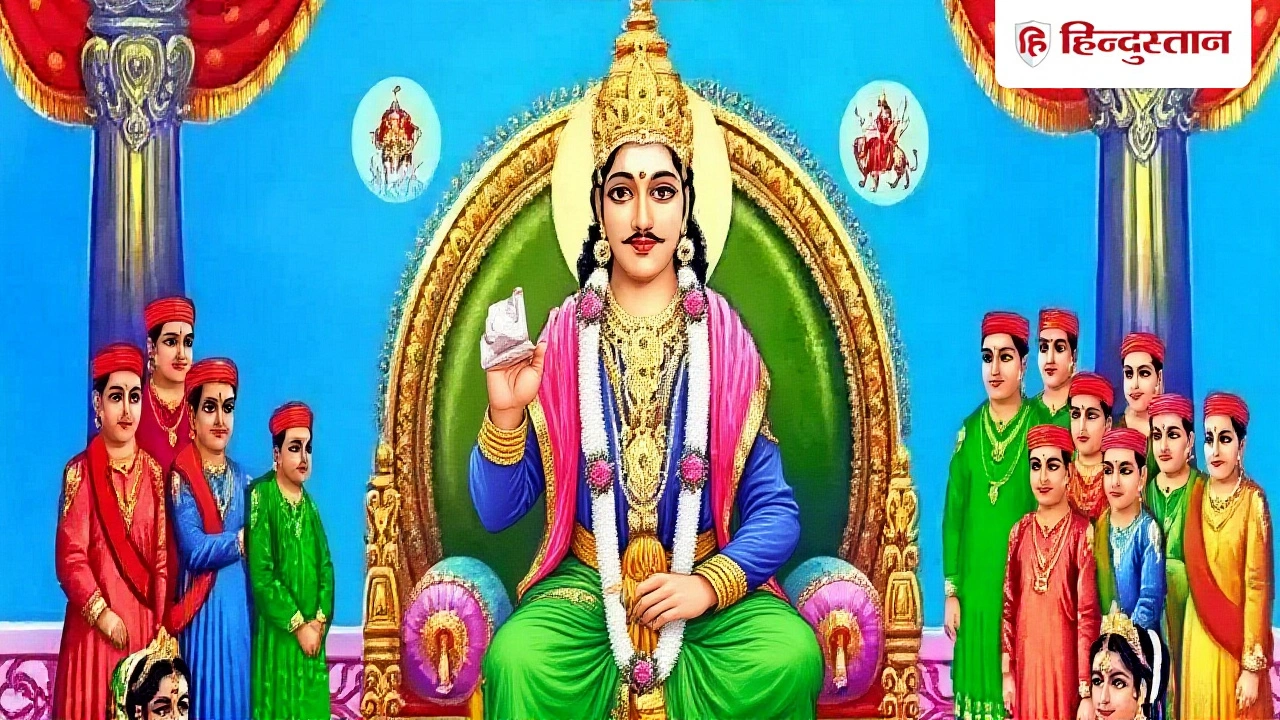When Bhai Dooj 2025 arrives on Thursday, October 23, 2025, families across India will rush to the prescribed tilak window, a 2‑hour‑15‑minute slot that astrologers claim can boost longevity and prosperity.
When and How Bhai Dooj 2025 Is Observed
The festival marks the fifth and final day of the five‑day Diwali celebration, falling on Kartik Shukla Dwitiya in the Hindu lunar calendar. According to Drik Panchang, the Dwitiya tithi begins on Wednesday, October 22 at 8:16 PM IST and runs until Thursday, October 23 at 10:46 PM IST. Because the day is sunrise‑based, most households observe the rituals on October 23, the calendar’s official date for Bhai Dooj.
Auspicious Yogas Lighting the Day
Three powerful yogas coincide on this date: Ayushman Yoga, Sarvarth Siddhi Yoga, and Ravi Yoga. Ayushman Yoga, one of the 27 classical yogas, is traditionally linked to health, longevity and material success—making it especially coveted for a ceremony that asks for a brother’s long life. Sarvarth Siddhi Yoga is said to fulfill all righteous endeavors, while Ravi Yoga brings clarity and positive energy, reinforcing the day’s celebratory mood.
Pinpointing the Tilak Muhurat
Astrologers divide the day into several Choghadiyas—time segments that carry distinct auspicious qualities. The primary tilak Muhurat runs from 1:13 PM to 3:28 PM IST, covering both Shubh (1:30 PM – 2:54 PM) and Amrit (2:54 PM – 3:28 PM) periods. An alternative window, cited by some almanacs, opens at 12:05 PM and closes at 2:54 PM, giving a slightly longer span for the ritual.
- 12:05 PM – 1:30 PM: Shubh Choghadiya
- 1:30 PM – 2:54 PM: Amrit Choghadiya (most recommended)
- 2:54 PM – 3:28 PM: Shubh‑Amrit overlap
- 4:16 PM – 8:52 PM: Evening fallback (Shubh Amrit, Char, Labh)

Mythic Roots: Lord Yama and His Sister Yamuna
The ritual traces back to a legend narrated in ancient scriptures: Lord Yama, the god of death, visited his sister Yamuna on the second day of the bright fortnight. Yamuna welcomed him with a fragrant tilak and heartfelt prayers for his longevity. The tale says that any brother who eats food prepared by his sister on this day is shielded from untimely death—a promise that still drives the modern tilak ceremony.
Expert Opinions and Astrological Guidance
According to the astrologers at Navbharat Times, performing the tilak during the Amrit Choghadiya maximises the protective effect of Yama’s blessing. Their column highlights that the confluence of Ayushman Yoga and Sarvarth Siddhi Yoga this year makes the muhurat especially potent for strengthening sibling bonds and attracting long‑term wellbeing.
Meanwhile, Drik Panchang notes that the planetary positions—Jupiter in Aquarius and Venus in Leo—further reinforce themes of generosity and familial harmony.

Modern Celebrations and Their Meaning
Today, sisters adorn their brothers with a red or yellow tilak, offer sweets such as pedas or kheer, and recite prayers that echo the ancient appeal for longevity. In return, brothers present gifts—often gold jewelry, electronic gadgets, or symbolic tokens—signalling gratitude and a promise of support.
Urban families increasingly livestream the ceremony for relatives abroad, yet they still adhere to the prescribed muhurat, believing that the cosmic timing matters as much as the heartfelt sentiment. Some temples along the banks of the Yamuna River organise communal pujas, capitalising on the river’s own sacred aura, which priests claim magnifies the blessings.
Looking Ahead
As 2025 draws to a close, many religious scholars suggest that the auspicious energy of Bhai Dooj could set a positive tone for the coming year, especially for those who begin new ventures in January. The next Bhai Dooj, slated for October 12, 2026, will fall under a different set of yogas, prompting astrologers to recalculate the ideal tilak windows well in advance.
Frequently Asked Questions
How does the tilak muhurat benefit brothers?
When the tilak is applied during the Amrit Choghadiya (1:30 PM – 2:54 PM), tradition says the blessing of Lord Yama is most potent, shielding the brother from untimely death and promoting long‑term health. Experts link the timing to favorable planetary alignments that amplify the ritual’s spiritual impact.
What are the three yogas present this year?
The day features Ayushman Yoga (health and prosperity), Sarvarth Siddhi Yoga (fulfilment of righteous goals), and Ravi Yoga (clarity and positive energy). Their combined effect is believed to enhance the protective and prosperous aspects of the Bhai Dooj rites.
Why is Ayushman Yoga considered special for Bhai Dooj?
Ayushman Yoga directly translates to “the yoga of longevity.” Because Bhai Dooj’s core prayer is for the brother’s long life, the presence of this yoga aligns the cosmic calendar with the ritual’s intent, making the day especially auspicious.
Can the rituals be performed if the primary window is missed?
Yes. Astrologers recommend using the evening fallback period (4:16 PM – 8:52 PM) which still contains Shubh Amrit, Char and Labh Choghadiyas. While not as potent as the midday Amrit segment, the evening timing still honors the tradition and retains its protective symbolism.
What do modern families do to honor Bhai Dooj in 2025?
Many blend tradition with technology—siblings gather via video call, share the tilak moment live, and exchange digital gift cards after the ritual. Yet most still complete the tilak within the prescribed muhurat and, if possible, attend community pujas along the Yamuna River for added blessings.






